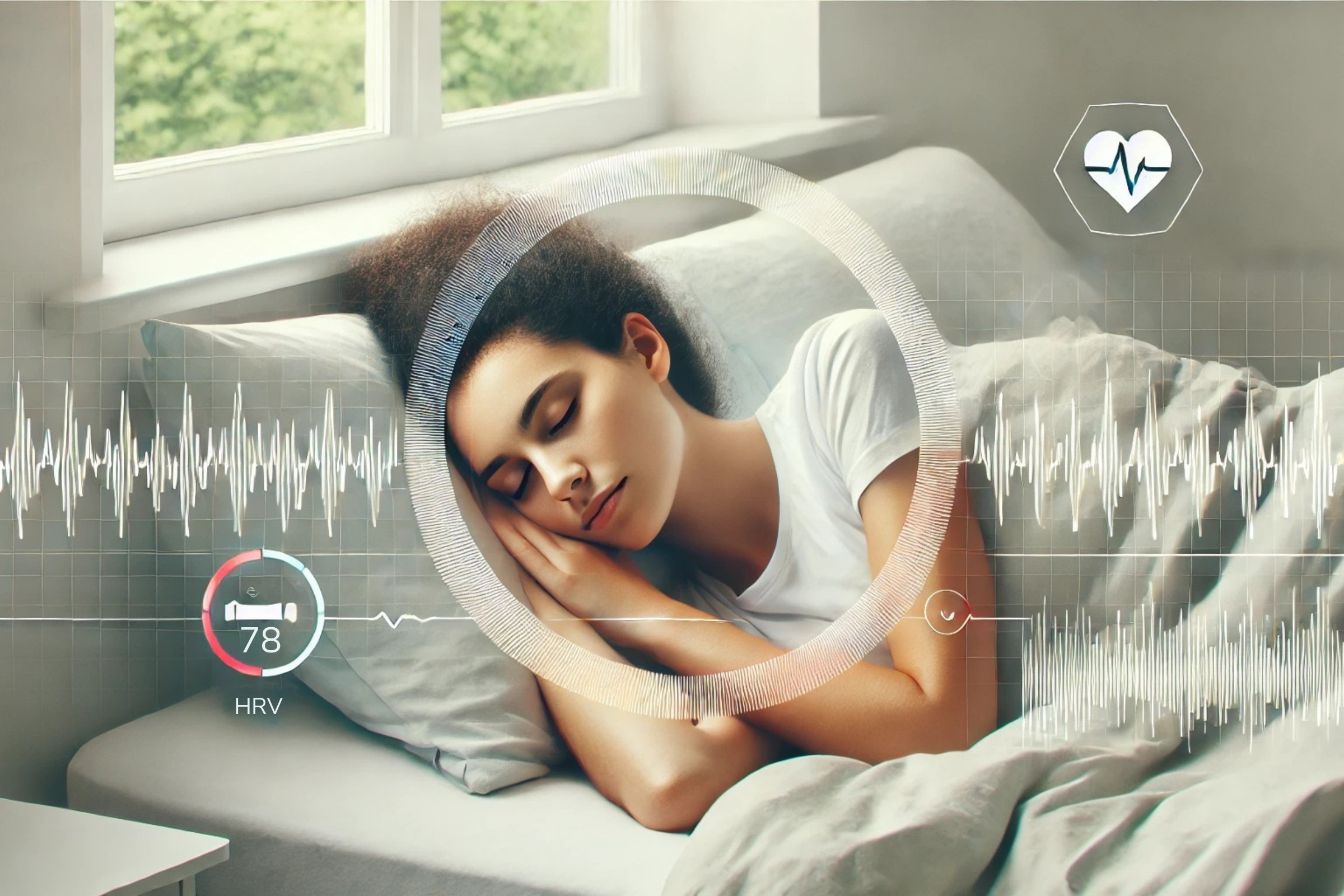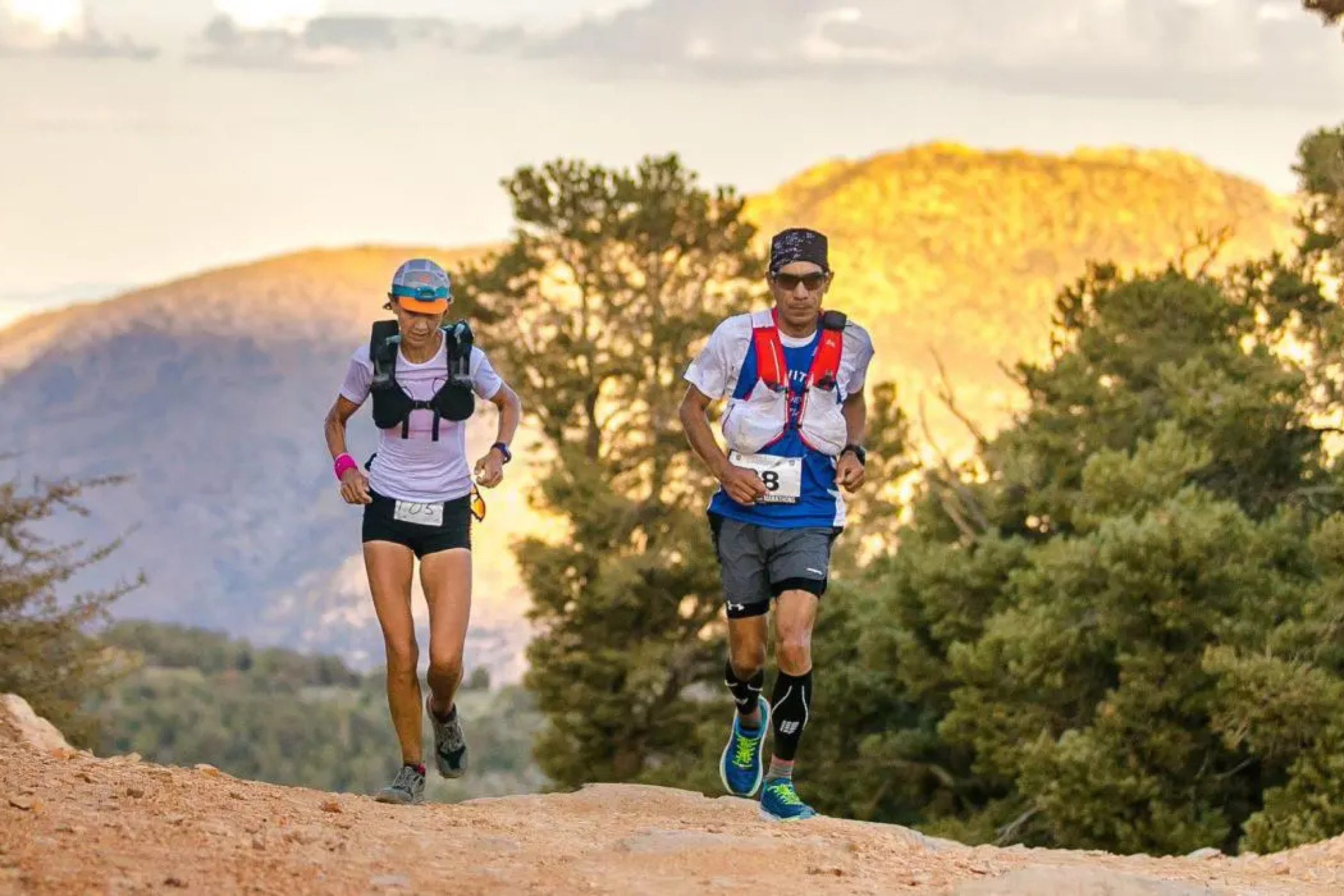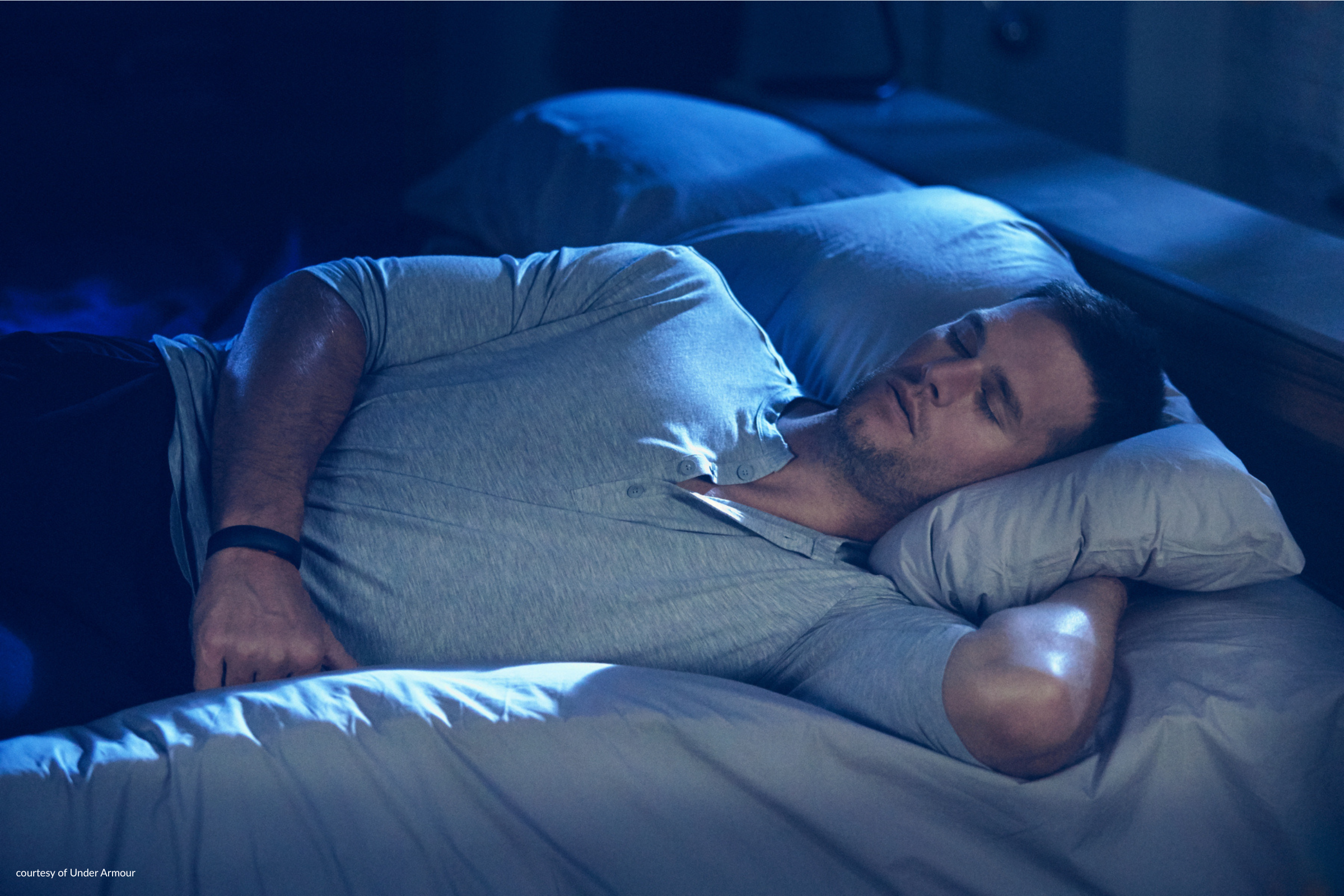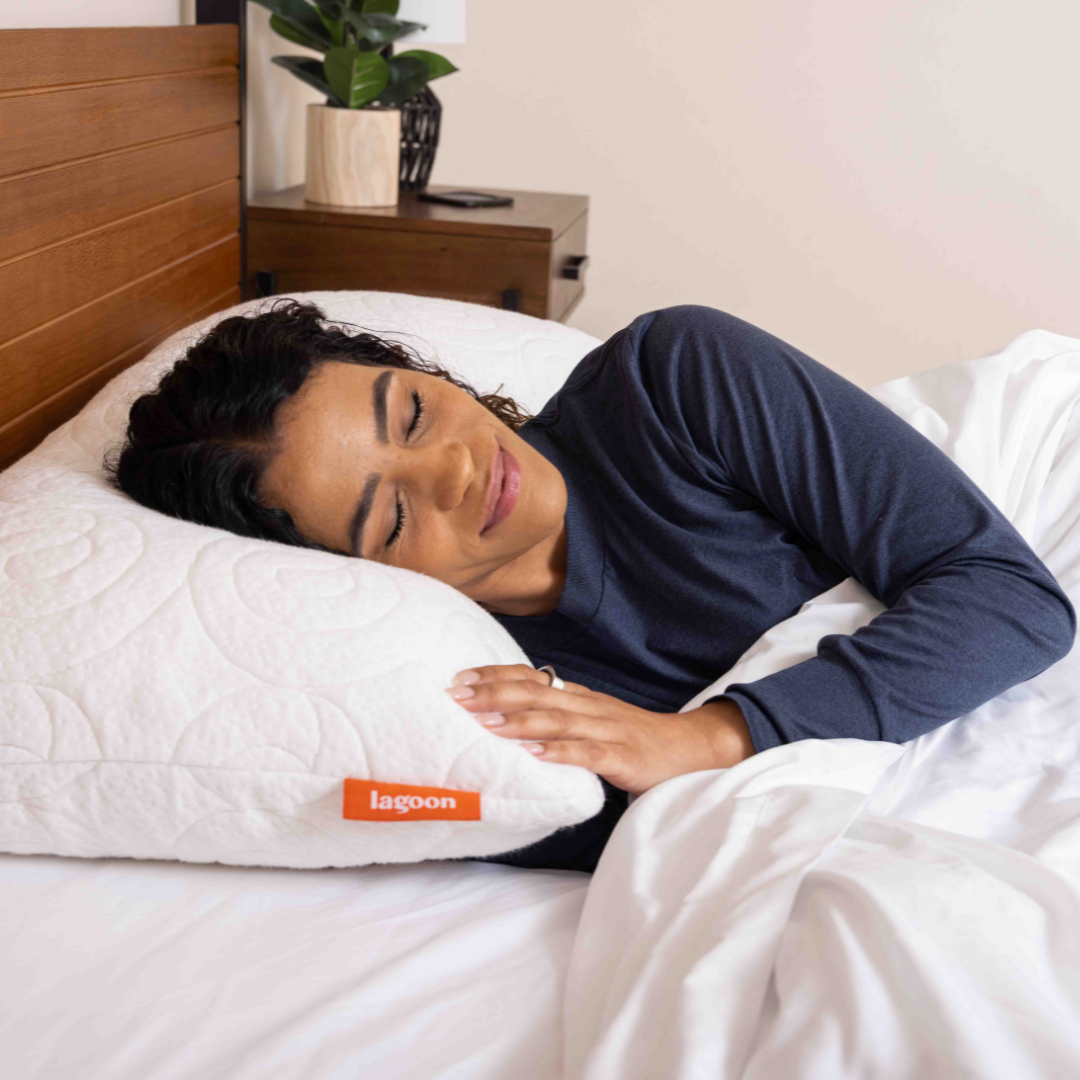If you’ve ever woken up feeling completely wiped out, even after a full night’s sleep, or pushed through a workout only to feel worse the next day, take a look and see if your HRV is trying to tell you something. With the rise of wearables like Whoop, Oura, and Garmin, heart rate variability (HRV) has quickly become one of the best indicators of how well your body is handling stress, training, and recovery. It’s great to see more people are paying attention to their HRV scores - here’s how you can interpret your HRV scores and use this data to optimize your fitness and sleep…
What HRV Actually Measures
HRV is the variation in time between heartbeats. It might seem like a steady heart rate is a good thing, but in reality, more variation (i.e. a higher HRV) is usually better. Think of your heart like a skilled race car driver… A rigid, unchanging pace wouldn’t allow for quick adjustments to curves and obstacles. A higher HRV signals that your body is adaptable, shifting between "fight or flight" (sympathetic nervous system) and "rest and digest" (parasympathetic nervous system) as needed. A higher HRV generally means your body is primed for physical and mental performance, while a low HRV can be a sign of fatigue, stress, or poor recovery.
"HRV is one of the most valuable physiological markers for assessing stress, recovery, and overall fitness," says Dr. Andrew Huberman, a neuroscientist at Stanford University. His research highlights extensively how HRV can be influenced by sleep, breathwork, and physical training, and be used as an indicator to help you train smarter.
Sleep is the Best Tool for Optimizing HRV
If you want to improve HRV, sleep is your most powerful tool. Studies consistently show that deep sleep plays a crucial role in boosting HRV. When you enter deep sleep, your body is dominated by the parasympathetic nervous system, allowing heart rate variability to increase. This is when true recovery happens, such as muscle repair, hormone rebalancing, and your body restoring itself for the next day.
Studies have shown that individuals with better sleep efficiency and consistency had 15-20% higher HRV scores than those with erratic sleep schedules. In other words, the more uninterrupted, high-quality sleep you get, the better your HRV will be.
Dr. Matthew Walker, sleep scientist and author of Why We Sleep, explains: "HRV is one of the best indicators of how well your sleep is restoring your body. People with chronically low HRV often have fragmented sleep or don’t get enough deep sleep, which disrupts their recovery cycles."
How to Boost HRV When You’re Fatigued or Sick
There will be times when HRV takes a dip - maybe because you’re battling a cold, stressed from work, or just recovering from a hard workout. The best way to help your body bounce back is by extending your sleep window, even by 30-60 minutes, to give your nervous system the time it needs to recover. Controlled breathing is another quick fix as slow, deep breathing at about six breaths per minute has been shown to activate the parasympathetic nervous system and raise HRV almost immediately. Then there’s hydration which plays a key role, as dehydration can drop HRV by as much as 10-15% due to increased cardiovascular strain. Finally, cold therapy is another surprisingly helpful tactic - as a short 30-60 second cold plunge can stimulate the vagus nerve and improve HRV regulation.
Building Long-Term HRV Resilience
However HRV isn’t just about daily fluctuations - if you want to consistently raise your baseline HRV, long-term habits make all the difference. Sticking to a consistent sleep schedule is one of the most effective strategies - going to bed and waking up at the same time each day helps regulate circadian rhythms, reducing unnecessary HRV dips. Low-intensity endurance exercise, like Zone 2 training, has also been shown to increase baseline HRV over time, as has proper strength training - although overtraining without adequate recovery can have the opposite effect. Finally, stress management is a major factor, with studies showing that meditation can increase HRV by 20-40% when practiced consistently, thanks to its ability to down-regulate the stress response.
Which Sleep Trackers Are Best for HRV?
Not all wearables are created equal when it comes to HRV tracking. Some devices only take spot measurements, while others track HRV continuously throughout the night, making them more reliable indicators of recovery. The Whoop band is widely regarded as a top choice for athletes, as it measures HRV during deep sleep to provide a highly accurate recovery score. The Oura ring is another strong option, particularly for those who prioritize sleep quality, as it tracks HRV trends throughout the night without the bulk of a wristband. Garmin watches offer HRV tracking both during sleep and workouts, making them ideal for endurance athletes who want insights into both training readiness and recovery. And finally, the Apple Watch Ultra does track HRV, but its readings are taken sporadically and depend on manual measurement through the Apple Health app, making it less precise than dedicated HRV-focused devices.
HRV vs. Other Recovery Metrics
HRV is a powerful metric, but it becomes even more valuable when combined with other recovery indicators to get a full sense of your body’s current status. Resting heart rate (RHR) is another key data point, as a lower RHR generally signals better cardiovascular fitness - compared to HRV which is a more immediate and dynamic reflection of stress and recovery needs. Also, tracking sleep efficiency and sleep stages alongside HRV can help explain fluctuations, as poor deep or REM sleep often correlates with lower HRV scores. Another related measure is heart rate recovery (HRR), which assesses how quickly your heart rate returns to baseline after exercise - a strong fitness marker that pairs well with HRV for gauging overall readiness. I also recommend tracking “subjective” readiness, simply writing down how they feel each morning, which helps bridge the gap between hard data and real-world performance.
How to Use HRV to Train Smarter
In conclusion, HRV is an incredibly useful tool for making smarter training decisions. If your HRV is higher than normal, that’s a green light to push hard in your workouts. If it’s low, your body is telling you to dial it back. To pair with how you’re feeling, HRV gives you real-time feedback on recovery, training load, and overall health.
If you’d like to improve your HRV, remember to focus on quality sleep, hydration, stress management, and structured training. But if you wake up to a low HRV score one day - don’t stress, just take it into account with what you have planned for the day. Whether you're training for a marathon or just trying to feel your best, using HRV wisely will help you maximize performance, sleep better, and recover faster.







